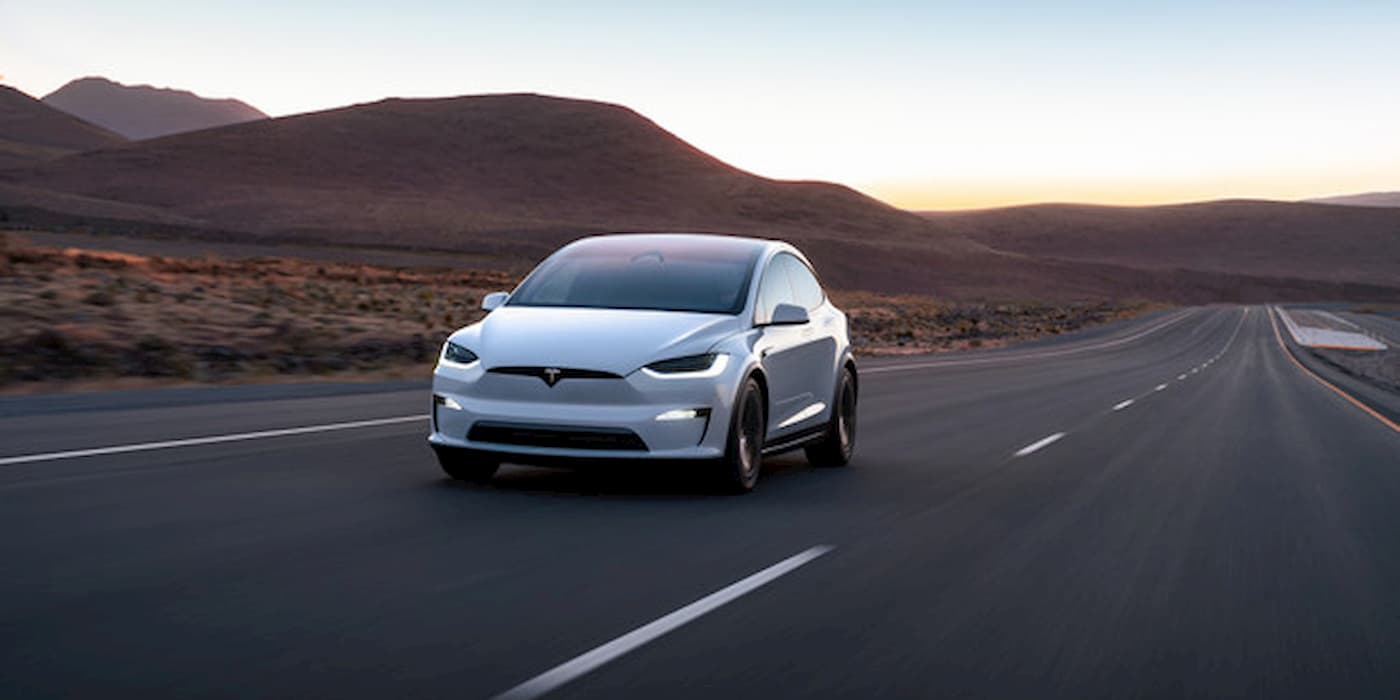
Clean energy will transform the global energy system by 2030, and solar and EVs are providing “hope for the way forward,” according to the IEA’s new “World Energy Outlook 2023,” released today.
The International Energy Agency (IEA) describes a global energy system in 2030 that includes almost 10 times as many EVs on the road worldwide compared to 2023. In 2020, the authors note, 1 in 25 cars sold was electric – and in 2023, it’s now 1 in 5. So in light of that, it’s not hard to imagine how EV adoption momentum is going to propel forward so dramatically for the rest of the decade.
In 2030, the IEA is now projecting that solar is going to generate more electricity than the entire US power system does currently. It expects renewables’ share of the global electricity mix to reach nearly 50%, up from around 30% today. It sees three times as much investment going into new offshore wind projects than into new coal- and gas-fired power plants. And it expects heat pumps and other electric heating systems to outsell fossil fuel boilers globally.
“The transition to clean energy is happening worldwide and it’s unstoppable. It’s not a question of ‘if,’ it’s just a matter of ‘how soon’ – and the sooner the better for all of us,” said IEA executive director Fatih Birol.
Solar is leading the renewables revolution from the front. Renewables are set to contribute 80% of new power generation capacity to 2030 under current national policies, with solar alone accounting for more than half of this expansion. The world is projected to deploy 500 GW of solar by 2030, but it’s also set to have manufacturing capacity for more than 1,200 GW of solar panels per year. If the world were to reach deployment of 800 GW of new solar capacity by the end of the decade, that would lead to a further 20% reduction in coal-fired power generation in China in 2030 compared with a scenario based on today’s policy settings.
And in a major first in an IEA World Energy Outlook scenario, it’s predicting that the share of fossil fuels – to be clear, that’s natural gas, coal, and oil – in global energy supply, which has been stuck for decades at around 80%, declines to 73% by 2030, with global energy-related CO2 emissions peaking by 2025.
Global energy think tank Ember calculated that the IEA has upgraded the estimated renewables growth in its 2023 report by a mighty 62% from last year’s outlook. “This report signals a major upgrade to the outlook for renewables,” said Ember’s global insights lead, Dave Jones. “It’s been a long time coming, but renewable electricity will soon be built at a scale that can at last halt the rise of fossil fuels, not just within the power sector, but across the entire economy.”
If countries deliver on their current energy policies and climate pledges on time and in full, clean energy progress will move even faster. But stronger measures are still needed to “keep alive the goal of limiting” global warming to 1.5C, asserts the IEA, and it states that to do so is “possible but very difficult.”
Read more: This is what the electricity grids need now to support clean energy
Photo: Tesla
If you’re an electric vehicle owner, charge up your car at home with rooftop solar panels. To make sure you find a trusted, reliable solar installer near you that offers competitive pricing on solar, check out EnergySage, a free service that makes it easy for you to go solar. They have hundreds of pre-vetted solar installers competing for your business, ensuring you get high quality solutions and save 20-30% compared to going it alone. Plus, it’s free to use and you won’t get sales calls until you select an installer and share your phone number with them.
Your personalized solar quotes are easy to compare online and you’ll get access to unbiased Energy Advisers to help you every step of the way. Get started here. –ad*
FTC: We use income earning auto affiliate links. More.



Comments